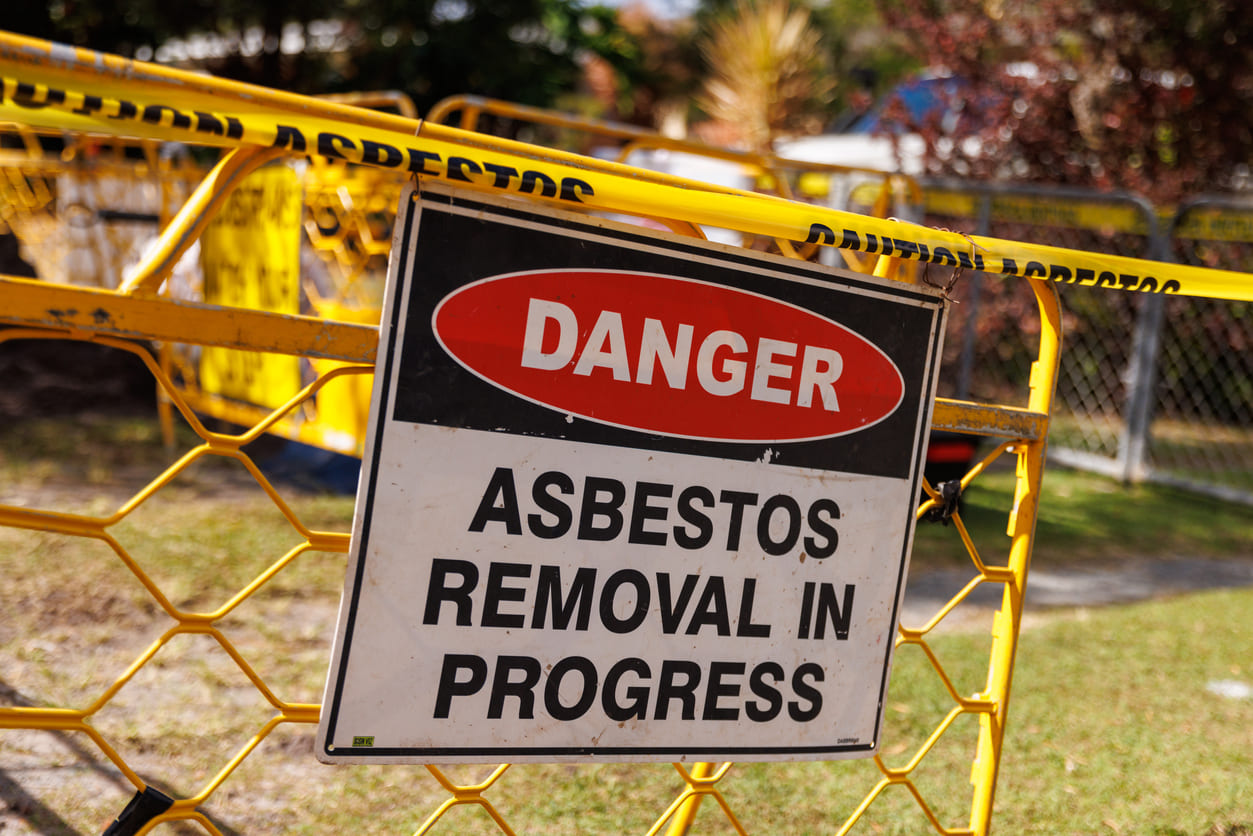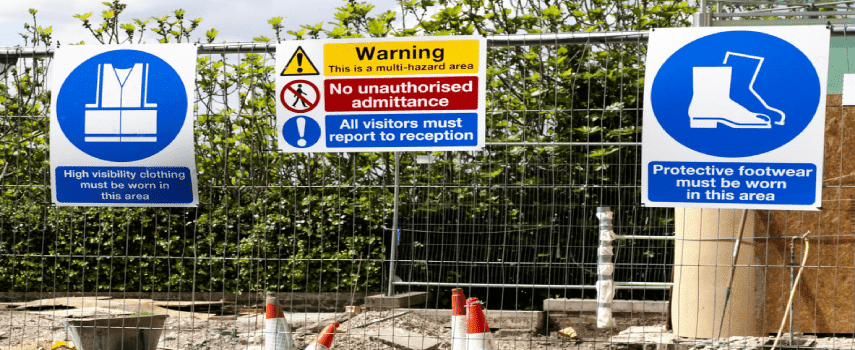Unbeknownst to most city dwellers, construction workers deal with hazardous materials every day. In fact, every building in the world holds them or, moreover, is upheld by them. Some of these materials are of natural origin, and some are not. Most of them have been recognized as dangerous in recent years or decades, and research is still ongoing on their potential health effects. Scientists are constantly looking for new ways to protect workers, pedestrians, and tenants from these toxic substances.
Below are some of the most dangerous materials, from irritating, through potentially toxic or carcinogenic (over many years of exposure), to those that can be deadly very quickly. You can absorb some of these substances through the skin, inhaled air, or the digestive system. Fortunately, most of them are safe during the regular operation of a building. However, in the case of a fire or renovation, serious caution is to be taken.
Lead
There is no non-toxic lead. Exposure to lead can potentially cause damage to the nervous system, kidneys and other organs. It can be found in paints, roofing, plumbing pipes, fasteners and solder. Fortunately, its use has been discontinued, and today, it can mainly be found in buildings more than 40 years old.
Silica
Like asbestos, silica irritates the respiratory system and can also cause COPD. You usually have to be exposed to it for a long time for the effects to be so severe, but take it seriously, nonetheless. It is a natural substance found in all types of stone and released by drilling, sandblasting, demolition, etc. In buildings, you will usually find silica in stone, brick, concrete, ceramic tile and even in sand.
Polychlorinated Biphenyls
PCBs are synthetic organic chemicals that were widely used in electrical equipment such as transformers, lamp ballasts and others before the 1990s. These toxins can accumulate over time and cause damage and disease to the skin, liver and other organs. In this case, the risk is assumed, but PCB equipment continues to be used.
Asbestos

Exposure to asbestos leads to chronic obstructive pulmonary disease (COPD) and even cancer.
It can be found in most buildings because research showing its dangers wasn’t carried out until the 1980s. Though mostly illegal, some imported materials today can still contain asbestos. It can be found virtually everywhere:
plaster, insulation, boilers, vinyl floor tiles, glazing compounds, pipe covers, caulks, roofing materials, drywall, flooring, many adhesives, fire retardant insulation and exterior cladding materials.
Fiberglass
You will find fiberglass in insulation and often as a reinforcement in plastics. When it is carelessly manufactured or used, it can release something called “filament glass fibers” into the air. After getting into the respiratory tract, these fibers can reach the lower lungs and cause a lot of damage. This includes irritation in the short term and even lung disease in the long term. People who cut, clean or unload containers are most at risk. To reduce the risk of adverse effects of working with fiberglass, handle it carefully. Try to wear gloves, long sleeves, and respirators. Like radiation, you can also measure the concentration of fiber in the air to know if it is too high.
Mineral Wool
This is a material very similar to fiberglass. Mineral wool is irritating to the eyes, skin and lungs. It is also found in insulation and is often used as to reinforce floor tiles with a vinyl composition.
Cadmium
Cadmium is a very popular silver and white metal used in paints and as a rust inhibitor. It is often alloyed with copper and other metals for fire protection systems, solders and electrical cables. It is in many pigments for plastics, glass and ceramics and as a protective coating on steel. The cadmium hazard mainly occurs when inhaling the vapors that contain it, primarily when it is heated, which is common when working with this metal. High exposure can cause serious lung damage and, eventually cancer.
Radioactive Isotopes
It may sound a bit far-fetched, but radioactive isotopes used in ionization smoke detectors and fluorescent lamps are currently causing damage to the health of American construction workers. Isotopes emit radioactive particles during decay, and high exposure can lead to cancer, radiation sickness and other diseases.




